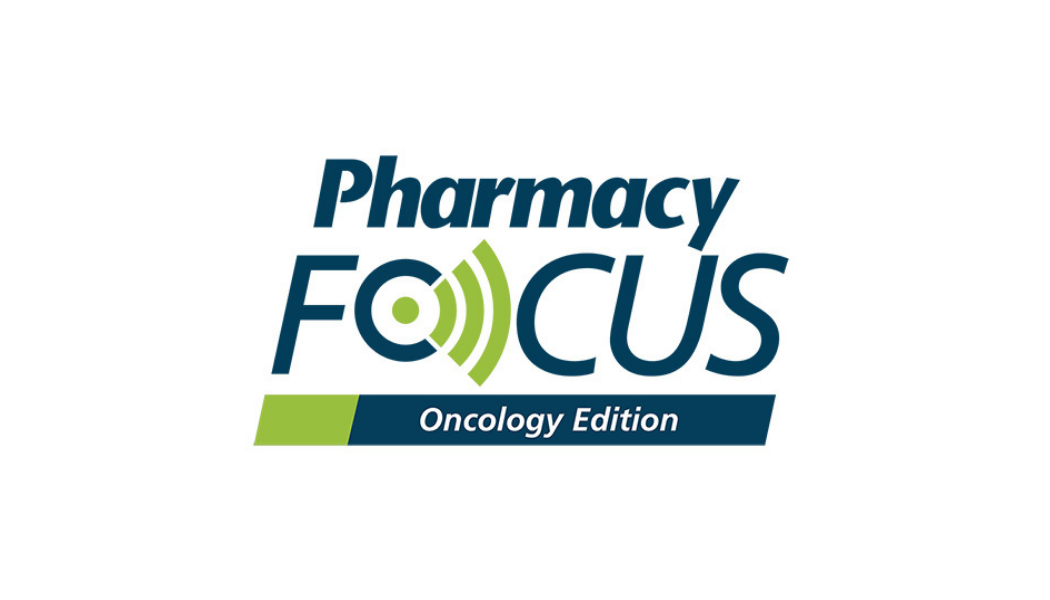Video
Considerations for Second and Third Generation TKI Treatment
Brandon Dyson, PharmD, BCOP, BCPS, explores considerations when selecting the next line of treatment, and the efficacy of omacetaxine and ponatinib as third-line therapy options.
Brandon Dyson, PharmD, BCOP, BCPS: Outside of TKI [tyrosine kinase inhibitor] resistance, how do you select the best drug for your patient? You have to do this in a holistic way. You have to look at the patient’s baseline organ function, how is their liver, how are their kidneys? We have to look at other comorbidities, does the patient have diabetes, do they have Crohn disease? There are a lot of other comorbidities that might lead us toward one drug or another. We have to look at what drugs the patient is currently on. There are a lot of drug interactions, particularly with TKIs, that can make them more toxic or make them ineffective. So, what are the other drugs we have the patient on managing their other comorbidities, so we can look for drug interactions? How likely is the patient going to be adherent? Nilotinib is a twice a day drug, is that challenging for some patients to take? Most of our other options are once a day. Can we get around the dosing schedule? Those are the kinds of things we have to think about.
We also have to think about how willing is the patient to stay on an aggressive line of therapy? What are the patient’s wishes? How do they want their quality of life to look, because although these are effective drugs, they do have very real adverse effects that affect you every day, between myalgias and fatigue, and things along those lines. You have to look at that and have this holistic discussion with the patient, look at everything, the entire picture: organ function, drug interactions and comorbidities, their quality of life, patient wishes, and their ability to remain adherent to therapy. Typically looking at that whole picture allows you to select what’s the best TKI.
It’s also worth mentioning that cost is a tremendous driver here. You may have to work with insurance formularies, go for prior authorizations, and do peer-to-peer insurance to find that best agent because we do see preferred formularies depending on the payer. That’s another aspect we have to think about, and we have to navigate the waters because these are very expensive drugs on top of that. It’s really a holistic approach in terms of clinical and nonclinical/financial considerations.
In the third-line setting, how do you identify patients who are appropriate candidates for a third-generation TKI? You have to look at what they’ve gotten so far and how they’ve tolerated it. Have they tolerated first- and/or second-generation TKIs, that’s consideration No. 1. Then of course, you still have to look at a resistance panel. Luckily, ponatinib, which is our third-generation TKI, the only one we have in the United States at this time, doesn’t have any major concerns for any specific point mutation. It’s free and clear use in terms of resistance, it’s more about whether a patient can tolerate a TKI.
We also have omacetaxin [mepesuccinate] as another option in that third line setting, a different mechanism of action. It’s more of a protein synthesis inhibitor. It’s coming from an entirely different direction, it’s a very different drug from ponatinib. It’s given subcutaneously for example; ponatinib is an oral drug. Omacetaxin is given twice a day for 14 days in a row in the first month, and then you take it 7 days in a row each subsequent month. So you’re taking it 7 out of 28 days. Omacetaxin has its place in therapy, don’t get me wrong. But logistically, it’s very difficult because again the first dose of those twice daily injections has to be administered in a health care facility. So a patient has to come to an infusion center or doctor’s office to get that first dose, and if it’s the right patient, they can self-administer the second subcutaneous dose at home later that day. But it still requires them coming in every single day to a clinic for 14 days on that first month and for 7 days each subsequent month, which is a burden. You also have to account for weekends, is the clinic even open? There are a lot of considerations that have to happen.
That said, it’s got its place for a patient who cannot tolerate a TKI. For a patient who is not a candidate for ponatinib in the third line setting, omacetaxin has its place there. Again, it’s got a different mechanism of action entirely, and it’s got adverse effects, it’s got pretty profound cytopenias, I think hyperglycemia can happen with it. You have to be careful with patients with diabetes. It’s got some toxicities, but they’re fairly manageable. They can be worked through. That’s where we are at with the third-line setting.
There’s also asciminib that’s recently on the market. So we have some options to look at in the third line. But that’s how we’re identifying it, start with what the patient has had already and what they can tolerate. And like we did in the first- and second-line setting, let’s pick the right drug for the right patient based on a holistic approach of all factors.
Transcript edited for clarity.






